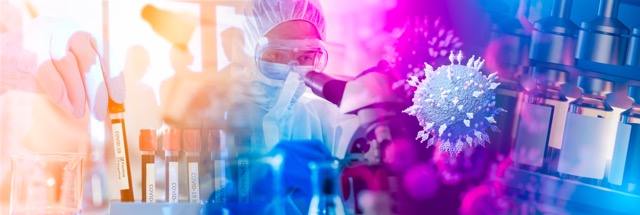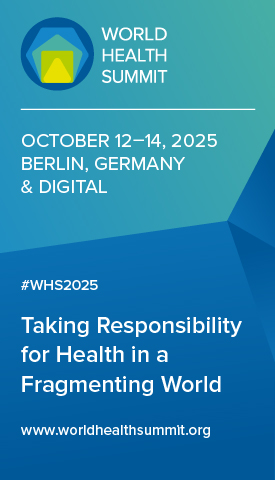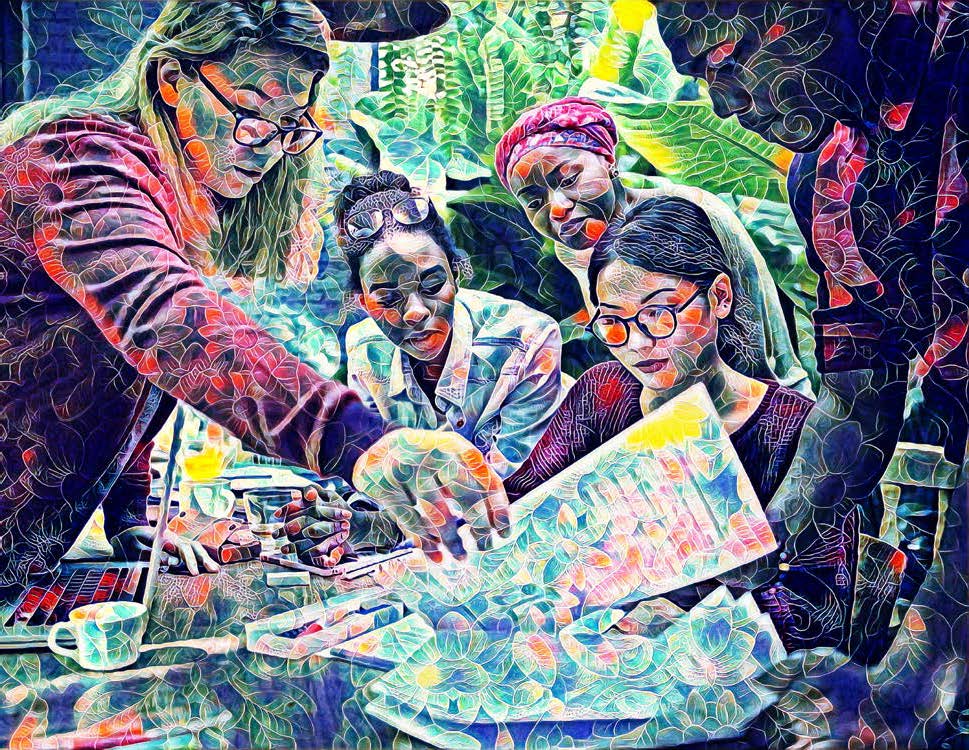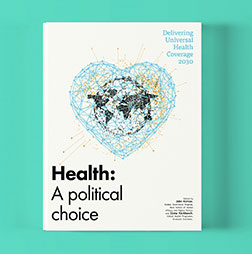Building vaccine sovereignty: Africa’s path to resilient health security
The inequities exposed during the Covid-19 pandemic made one truth undeniable: global health security is inextricably linked to local manufacturing capacity. For Africa, a continent bearing a disproportionate burden of infectious diseases yet historically reliant on imported vaccines, establishing robust, sustainable vaccine production is a fundamental act of political and economic self-determination and a health imperative. This requires confronting the barriers to African vaccine sovereignty by building actionable pathways forward.
Supportive environments created by governments and regional bodies
Governments and regional entities such as the African Union, the Africa Centres for Disease Control and Prevention, the African Medicines Agency and the African Union Development Agency – New Partnership for Africa’s Development are central to establishing the ecosystem necessary for vaccine manufacturing, which requires a comprehensive, multidimensional approach. The Partnerships for African Vaccine Manufacturing framework and Pharmaceutical Manufacturing Plan for Africa offer a valuable blueprint.
However, realising its goals demands proportional commitments within national budgets. Such commitments include directing public funds towards critical infrastructure development, such as fill-and-finish facilities and upstream antigen production. These investments must be complemented by financial incentives for manufacturers, including tax breaks, grants and low-interest loans to mitigate risks for private sector participation.
Fragmented systems across 55 AU members cause delays and increase costs, making the accelerated operationalisation of the AMA imperative. The agency was established by treaty in 2019 to address these challenges by implementing harmonised regulatory practices continent-wide through frameworks such as the African Vaccine Regulatory Forum.
African manufacturers also require predictable demand to sustain operations, which underscores the importance of pooled procurement mechanisms. Without guaranteed purchase volumes, even advanced production facilities risk becoming underutilised and financially unviable, perpetuating a reliance on imports and leaving the continent vulnerable to supply shocks. Pooled procurement is therefore essential: aggregating continental demand creates economies of scale, de-risks investment through multiyear contracts, strengthens negotiating leverage and allows efficient supply chain planning. The AU’s African Vaccine Acquisition Task Team offers a platform to realise this potential, but it remains underused. To transform it into a driver of local production, governments must mandate minimum purchase commitments, prioritise African suppliers and issue multiyear advanced purchase agreements covering priority vaccines. National policies must align, requiring public health agencies to source increasing shares from African manufacturers, adopt total cost-of-ownership approaches and ring-fence budgets to ensure stable funding. Although African-made vaccines may initially cost more, this premium is an investment in sovereignty, offsetting import tariffs, cold chain losses and price volatility. Predictable demand also enables manufacturers to invest in research and development for neglected diseases, adopt advanced platforms and build full production capacity, as exemplified by India’s Serum Institute.
Since the late 1980s, the World Health Organization has ensured the safety, quality and efficacy of health products through the ‘prequalification’ process. This helps regulatory review and uptake in low-resource settings. New WHO policies, including parallel processes for recommendation guidelines and assessment, address inequities in accessing essential health products. Interim guidelines, especially for innovative products, can accelerate timelines but require significant efforts to meet high data and evidence standards, produce complete dossiers, and engage with prequalification consultations. As of mid-2024, 915 human medicinal products were prequalified by the WHO, including 759 medicines (82.95%) and 156 vaccines (17.05%). The majority of these products originated from India (61.42%), followed by China (5.7%) and the United States (2.9%).
Finally, the pursuit of vaccine sovereignty in Africa cannot be a fragmented every-country-for-itself effort. Attempting to replicate end-to-end manufacturing across each of the 55 AU members is economically unviable, technically unsustainable and strategically short-sighted. Instead, deliberate regional collaboration and specialisation, guided by the AU and regional economic communities, is essential to transform fragmentation into collective strength. This requires implementing structured, enforceable frameworks that leverage comparative advantages across the continent. Specialisation is non-negotiable because it underpins economies of scale, cost efficiency and supply chain resilience. Vaccine production demands massive capital investment and concentration on specific components – such as Ghana, Senegal and Kenya focusing on fill-and-finish, South Africa on mRNA antigen production, Egypt on glass vials and Rwanda on adjuvants – thereby avoiding duplicating costly infrastructure. Concentrating expertise and resources reduces per-unit costs and attracts private investment.
Moreover, no single African country possesses all the elements for end-to-end production, from stable utilities and skilled labour to raw materials and logistics. Specialisation allows each country to contribute based on its existing capacities – for example, Nigeria’s gas reserves for bioreactor energy, Morocco’s production of pharmaceutical-grade glass, Tanzania’s cassava for vaccine stabilisers or Djibouti’s ports for logistics hubs. Cross-border value chains can be established by legislating the tariff-free movement of vaccine inputs. By distributing production roles, African countries can create a networked continental supply chain capable of withstanding shocks such as trade disruptions or pandemics, preventing systemic collapse.
Challenges, constraints and the way forward
The cost of inaction is clear. Political and structural barriers remain significant, despite strong political will. Establishing facilities that comply with good manufacturing practices requires vast capital, advanced technologies and reliable infrastructure that remain scarce across much of the continent. Access to patented platforms such as mRNA is costly and often restricted, and shortages of specialised personnel – from bio-process engineers to regulatory experts – slow progress. Financing is another obstacle, as high set-up costs and limited production volumes undermine commercial viability without sustained public support. Competition from subsidised global suppliers weakens Africa’s bargaining power. Intellectual property restrictions and limited technology transfer further reinforce dependence on external actors. In addition, governments often favour symbolic ‘national factories’ over regional efficiency.
Overcoming these barriers demands bold, coordinated policy choices. Governments and regional bodies must treat local vaccine manufacturing as a long-term security investment, ensuring sustained financing and workforce development. Transparent, well-governed public-private partnerships can blend public guarantees with private efficiency, and strong African advocacy within global forums must push for equitable technology transfer, intellectual property reform and financing mechanisms that prioritise regional capacity. Furthermore, intellectual property sharing is critical, requiring AU-managed patent pools for essential components to ensure access to technology across specialized facilities. Strategic procurement policies should guarantee demand by allocating a growing share of vaccine purchases to African producers.












